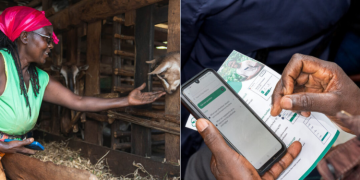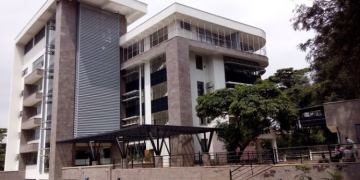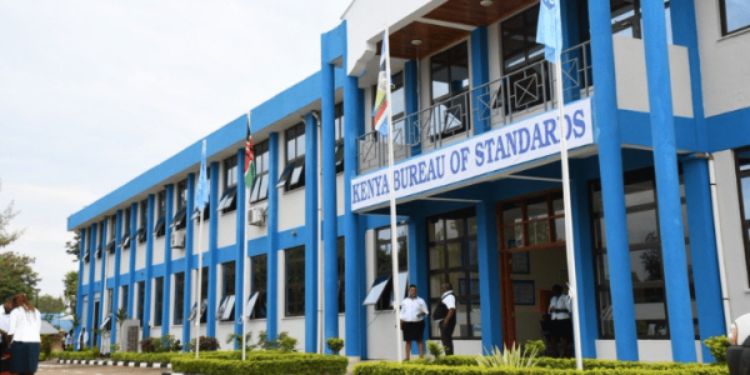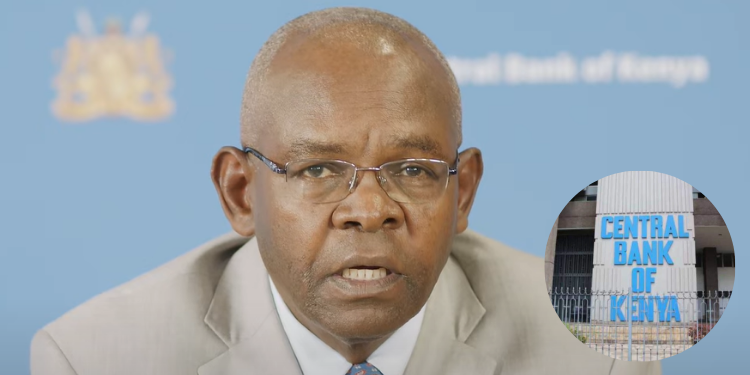All commercial banks in Kenya will be expected to implement the new proposed banking sector Risk-Based Credit Pricing (RBCP) model, according to the Central Bank of Kenya (CBK).
CBK Governor Dr. Kamau Thugge announced the directive during the Monetary Policy Committee (MPC) briefing on Wednesday, August 13, signalling a major shift in how loan interest rates are set.
Thugge said that the proposed revised banking sector RBCP model is expected to improve the transmission of monetary policy decisions to commercial banks’ lending interest rates.
Risk-Based Credit Pricing is a framework that determines the interest rates charged to borrowers based on their risk profiles. Banks will now set loan rates depending on how risky a borrower is, with more responsible borrowers likely to benefit from lower rates.
CBK to give commercial banks 6 months to implement new RBCP models
When questioned on how fast the CBK is expected to approve the new pricing models for loans by commercial banks, Governor Thugge explained that banks will be given a six-month transition window to fully comply with the new model.
Also Read: CBK Lowers Lending Rates for All Kenyan Banks Again
This period is shorter than previous implementation timelines, emphasising the urgency of the shift.
“We have a meeting with banks next week just to iron out one or two things. Once that is done, we expect the implementation of this framework because it involves quite a few things,” said the Governor.
“We expect that all commercial banks should be able to have their pricing models approved by their boards within three months, and once they have been approved, we expect a sixth month of implementation. This is a shorter period compared to the last pricing models, which took a few years to be implemented.”
Under the new model, all banks will price loans using a uniform base rate, the interbank rate anchored to the Central Bank Rate (CBR), replacing each bank’s own base rate.
Banking sector remains stable
Further, the CBK Governor said that the banking sector remains stable and resilient. Capital adequacy and liquidity ratios for the banking sector have remained above the minimum statutory limits of 14.5 percent and 20.0 percent, respectively.
Also Read: KRA Clarifies Tax-Free Gratuity Payments for Retirees [Guidelines]
Total capital adequacy ratio stood at 20.4 percent in June 2025, an increase from 20.3 percent in April 2025.
“The banking sector is liquid with a liquidity ratio of 58.6 percent in June 2025, an increase from 57.9 percent in April 2025. The gross NPLs to gross loans ratio remained unchanged at 17.6 percent in April and June 2025. Banks have continued to make adequate provisions for the NPLs, and the sector remains profitable providing sufficient buffers,” the CBK Governor added.
In addition, Thugge highlighted that the performance of the banking sector remained resilient as of June 2025, as the asset base grew by 3.9 percent from Ksh7.552 trillion in June 2024 to Ksh7.849 trillion in June 2025, mainly driven by growth in the loan book.
The deposit base on the other hand grew by 4.6 percent from Ksh5,589 billion in June 2024 to Ksh5,848 billion in June 2025, as use of digital platforms scaled up.
Follow our WhatsApp Channel and X Account for real-time news updates
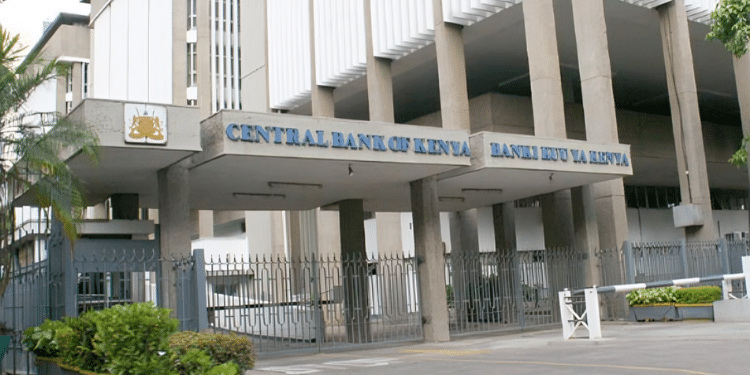



![14 Companies To Be Granted New Mining Licenses By Govt [Full List] Cs Joho Lists 14 Firms Seeking Mining Licences, Kenyans Given 42 Days To Respond]( https://thekenyatimescdn-ese7d3e7ghdnbfa9.z01.azurefd.net/prodimages/uploads/2025/11/Mining-CS-Hassan-Joho-touring-the-Voi-Gemstone-in-Taita-Taveta-County-on-Friday-August-16-2024.-PHOTOJoho-360x180.png)










